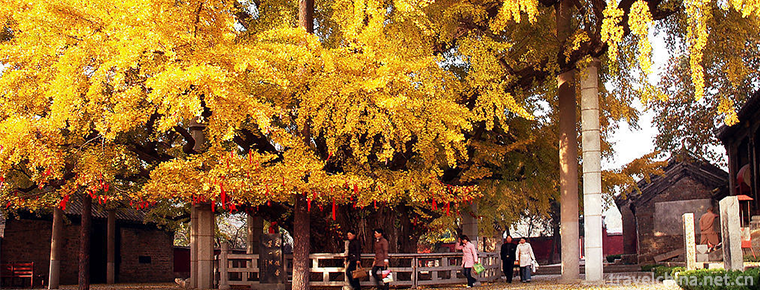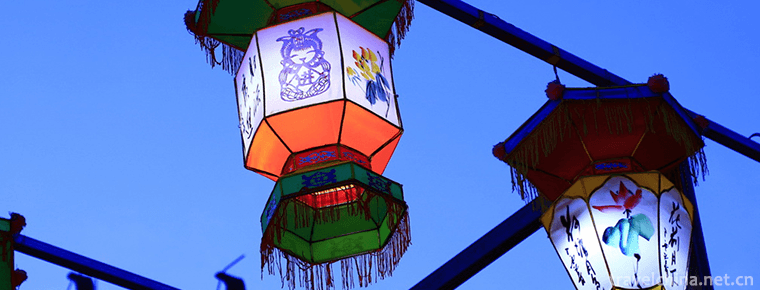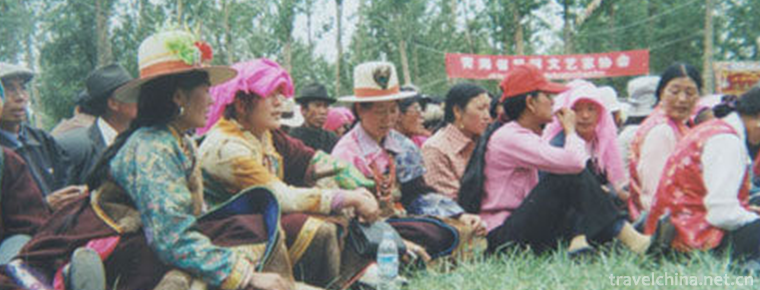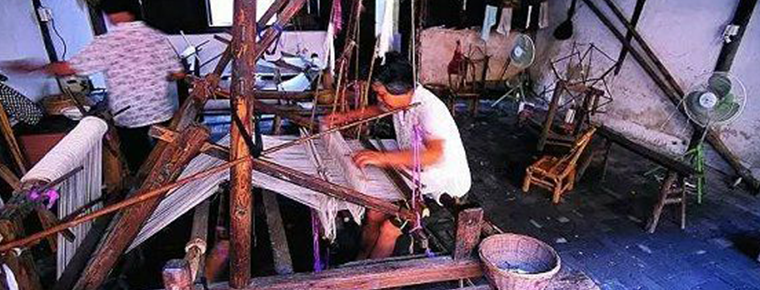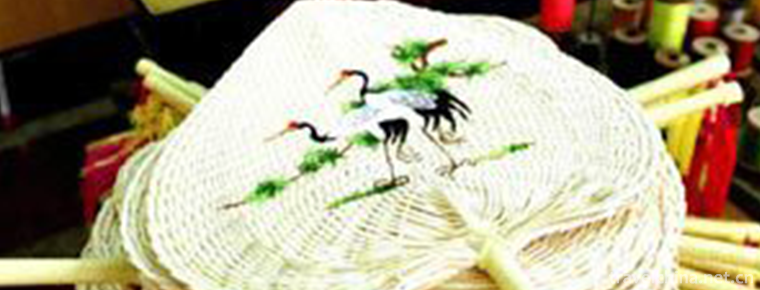Leshan scenic spot
Leshan scenic spot
As of 2018, Leshan City has 3 world-class heritages, 10 national key cultural relics protection units, 4 national intangible cultural heritages, 3 national scenic spots, 2 nature reserves and wetland parks, 3 National Forest Parks, 1 National Geological Park and 1 Mining Park, and 4 National Water Conservancy Scenic spots, creating 35 A-level scenic spots There are 2 5A scenic spots and 13 4A scenic spots.
Leshan has three world heritage sites: Leshan Giant Buddha, Emei Mountain and Dongfeng weir. The density of world-class and national tourism resources reaches 25 per 10000 square kilometers, which is 3.6 times of the average value of Sichuan Province. Leshan Sleeping Buddha and Leshan Giant Buddha, discovered in the 1980s, constitute the eternal wonder of "the heart is the Buddha".
Leshan also has a large number of undeveloped natural original ecological scenic spots, such as the Gucheng Alsophila Valley, where Alsophila is flourishing, which can be called the living fossil kingdom in nature. Leshan has 10 key cultural relic protection units in China: Leshan Giant Buddha, Mahao cliff tomb, Emeishan ancient architectural complex, Feilai Hall of the temple, yanggongque, Qianwei Confucian temple, Qianfoyan grottoes, Guo Moruo's former residence, Wuyu Lidui, Sanjiang song tower; 41 provincial-level cultural protection units, 79 municipal cultural relics protection units, with more than 20000 cultural relics in collection, including more than 2600 cultural relics above grade III.
Leshan City honor
In December 2020, it was selected into the list of "the second batch of national whole area tourism demonstration areas".

Leshan scenic spot
-
Fulaishan Scenic Area
Fulaishan Scenic Spot, located about 8 kilometers west of Juxian County Town, is a national AAAA-level tourist scenic spot, provincial scenic spot, provincial geological heritage nature reserve, and i
Views: 194 Time 2019-01-12 -
Jiuizi Scenic Spot
Yuuzi Square is located in the Central District of Wuhu City. The square covers a total area of 678,800 square meters and its spatial structure is changeable. Priority is distinct and rhythmic
Views: 126 Time 2019-01-29 -
Tibetan Layi
Tibetans are divided into three major dialect areas: Weizang, Kangba and Anduo, which form three areas with cultural characteristics combined with topography.
Views: 134 Time 2019-04-10 -
Hebei Bangzi
Hebei Bangzi is an important branch of Bangzi vocal cavity in China. It was formed in the Qing Dynasty (1821 - 1850), and entered a prosperous period in the early years of Qing Guangxu
Views: 176 Time 2019-05-02 -
Mongolian Chur
"Chuoer" is an ancient vertical wind instrument of Tuva people of Mongolian nationality in Xinjiang, which mainly distributes in Mongolian inhabited areas of Altay region. The Tuva people of
Views: 105 Time 2019-06-03 -
Wunijing Handmade Cotton Textile Technology
Wunijing handmade cotton textile technology has a very long history in China. Cotton and hemp textiles first appeared in the Neolithic Age. The handmade cotton textile technology in the Tang Dynasty w
Views: 175 Time 2019-06-29 -
Xinhui Sunflower Art
Xinhui Sunflower Art, a traditional Chinese handicraft, originated in Xinhui District, Jiangmen City, Guangdong Province. Xinhui Sunflower Art has a history of more than 1600 years, and became famous
Views: 136 Time 2019-07-06 -
Month also
Dong people's "moon" means collective visiting, which is a social custom in Dong village. The young men and women in one village of the Dong nationality visit another village according to th
Views: 357 Time 2019-07-16 -
Deng Xiaoping
Deng Xiaoping (August 22, 1904 -1997 February 19th), formerly known as Deng Xiansheng, the scientific name of Deng Xixian, Guang'an, Sichuan. Go to Europe early Work study program After his return, he
Views: 342 Time 2019-09-07 -
Suining City honor
Seven Star City of public welfare and charity in China
Views: 373 Time 2020-12-16 -
Yibin social security
By the end of 2019, there were 1.0302 million people participating in the basic endowment insurance for urban employees, an increase of 25500 over the end of the previous year, and 1.921 million people participated in the basic endowment insu
Views: 373 Time 2020-12-18 -
Yibin local specialty
The production of bamboo spring, bamboo carving and bamboo weaving in Yibin city began in Yuan and Ming Dynasty, with excellent materials and local characteristics and life interests. Therefore, he became famous both at home and abroad and entered the court many times.
Views: 420 Time 2020-12-18
